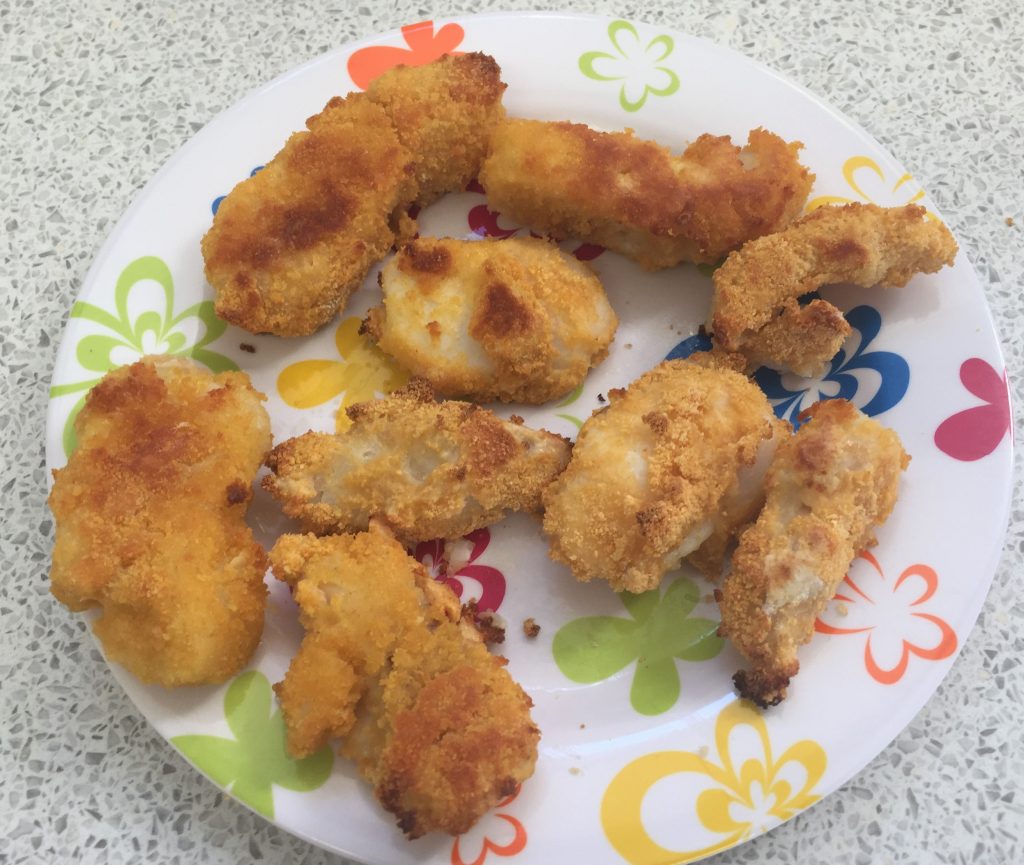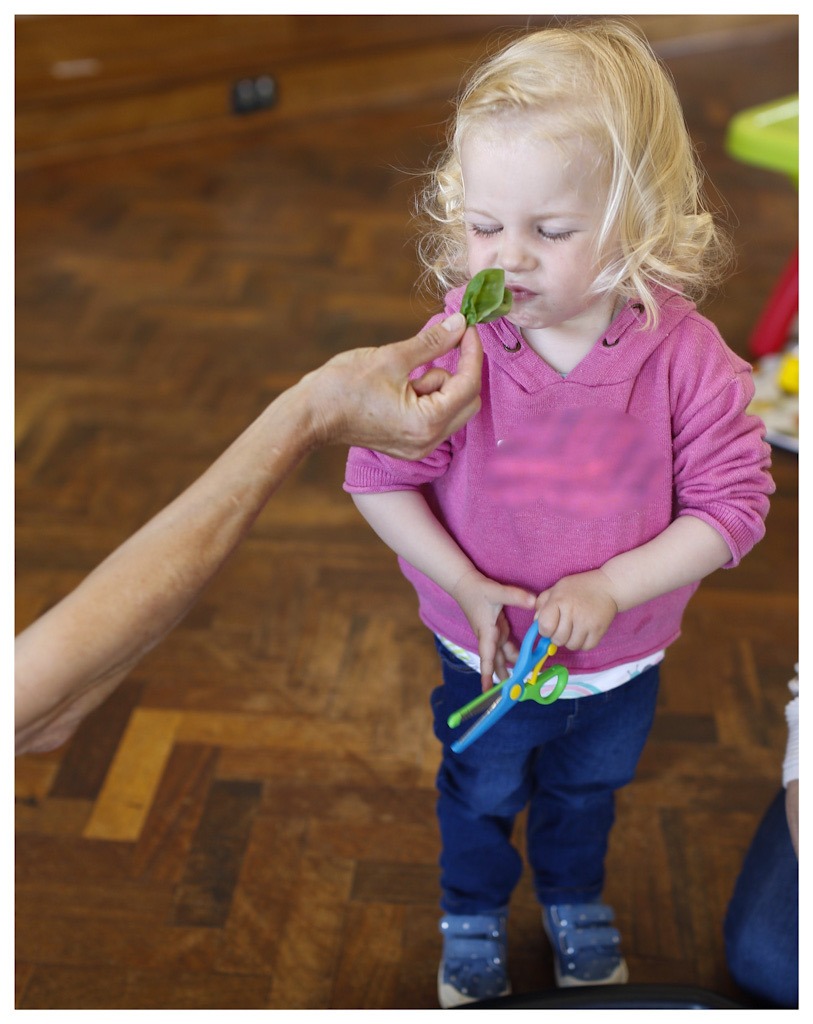There are lots of benefits of cooking with a fussy eater which we explore in more detail here. I usually love cooking but I am struggling a little with having to prepare so much food at the moment. Involving children is a great way to ease the burden. At the same time as incorporating many life skills as well as math tasks into food preparation.
To Name or Not to Name Food
Many parents tell us they avoid telling their child what they are eating as they are scared this will stop them eating it. Children on limited diets often do go off their preferred food eventually. This is unlikely to happen just because you have named the food.
At this early stage of trying then a name can be off putting. Children sometimes have preconceived ideas that they don’t like a food by just hearing its name. This happens even though they haven’t tasted the food. I recently worked with a child who was very determine she didn’t like mango. She ate mango yoghurt during her sessions with me but continued to say she didn’t like mango. We progressed onto fresh mango but we called it sunshine fruit! She ate it a number of times gradually increasing the amount. Once I was confident that she was really enjoying the mango I told her it’s correct name. She now eats fresh mango regularly. In order for us to decide if we really like a food we need to taste it at least 10 times.
Make Links To Similar Foods
Once a food is secure in your child’s diet tell them what they are eating. This starts to help them see links and similarities in other foods. An example being if your child eats chicken nuggets then you can find similarities between these and other chicken dishes. By involving your child in cooking a meal provides opportunities to talk about this as you prepare the food. At our Food School we often make chicken nuggets from scratch involving the children in mincing a chicken fillet, whisking the egg and encouraging them to dip the chicken into the egg and breadcrumbs so they learn about all the ingredients which make up a chicken nugget. This makes it easier to make links between their shop bought chicken nugget and a home made chicken nugget.
Starting by making food with ingredients which are familiar is often easier for children than expecting them to handle new and unfamiliar foods. Once their confidence in the kitchen increases and they realise what fun cooking can be it will be easier to introduce other foods.

Teach Smells
We often hear children say food smells disgusting. This doesn’t help us understand what smells they may find acceptable or worrying. When cooking it is easier to encourage your child to learn about the smells by getting them to prepare and add herbs and spices to the dish. Tell them the name of the herb and help them think about if it is a sweet, bitter or spicy smell as they add it to the dish. This way smells can be taught separately. Combined smells in a finished dish can sometimes be overwhelming. Learning about them separately is less overwhelming and enables them to be taught at the child’s pace. Smells can also be taught as part of a fun play activity which is why we always have a smelling activity at Mini Munchers

Learn About How Food Changes
By encouraging your child to peel and chop food you are showing them how the same food changes. A raw food can look and taste very different when chopped and then cooked. A carrot can look, feel and taste very different depending on if it is raw, grated, boiled or roasted. It is still a carrot. Through cooking your child can learn about how these changes occur.
Reduce Anxiety
Children can often feel anxious at the table when faced with a non preferred food. When cooking this anxiety is often reduced. The focus moves from being expected to eat the food to the cooking process. Peeling, chopping or whizzing food in a food processor is great fun and very distracting. If anxiety is reduced your child is likely to feel more confident about exploring foods.
We find using kitchen gadgets is a great way to introduce new foods. Children usually become so distracted by using the gadget they will touch foods they worry about if asked just to pick it up. Lots of kitchen gadgets require heavy muscle work to use e.g. a hand chopper. Heavy muscle work can be calming and organising for your child. It helps them improve their body awareness and feel less sensitive about touch. Kneading dough is a great repetitive heavy muscle task. At our Food School Programme for 4-10 year olds they always love using a gadget. The carrot sharpener probably being the most popular.

Have Fun
Make fun the focus of cooking for your fussy eater. If your child makes a lot of mess, don’t worry. This is a great way for them to learn to cope with mess around them. Don’t rush to clear up. Be silly with food, use a carrot as an animal horn, trumpet or toothbrush whilst you prepare it. This will enable your child to pick the food up and put it near their head and mouth. They are more likely to do this if the focus is on fun.
Don’t Expect Your Child to Eat What They Cook
Congratulate your child for helping you cook and you enjoy the food. It doesn’t matter if they don’t eat it.If they do eat it that is a bonus. Helping a child become a less fussy eater is not a quick fix and takes time. My daughter often bakes at times she is feeling anxious. She doesn’t always eat the end product but she feels a lot calmer at the end of the task. We get to enjoy lots of her delicious cakes! It doesn’t matter if your child doesn’t eat the end product. They will have taken part in some invaluable learning about food. Have Fun.
